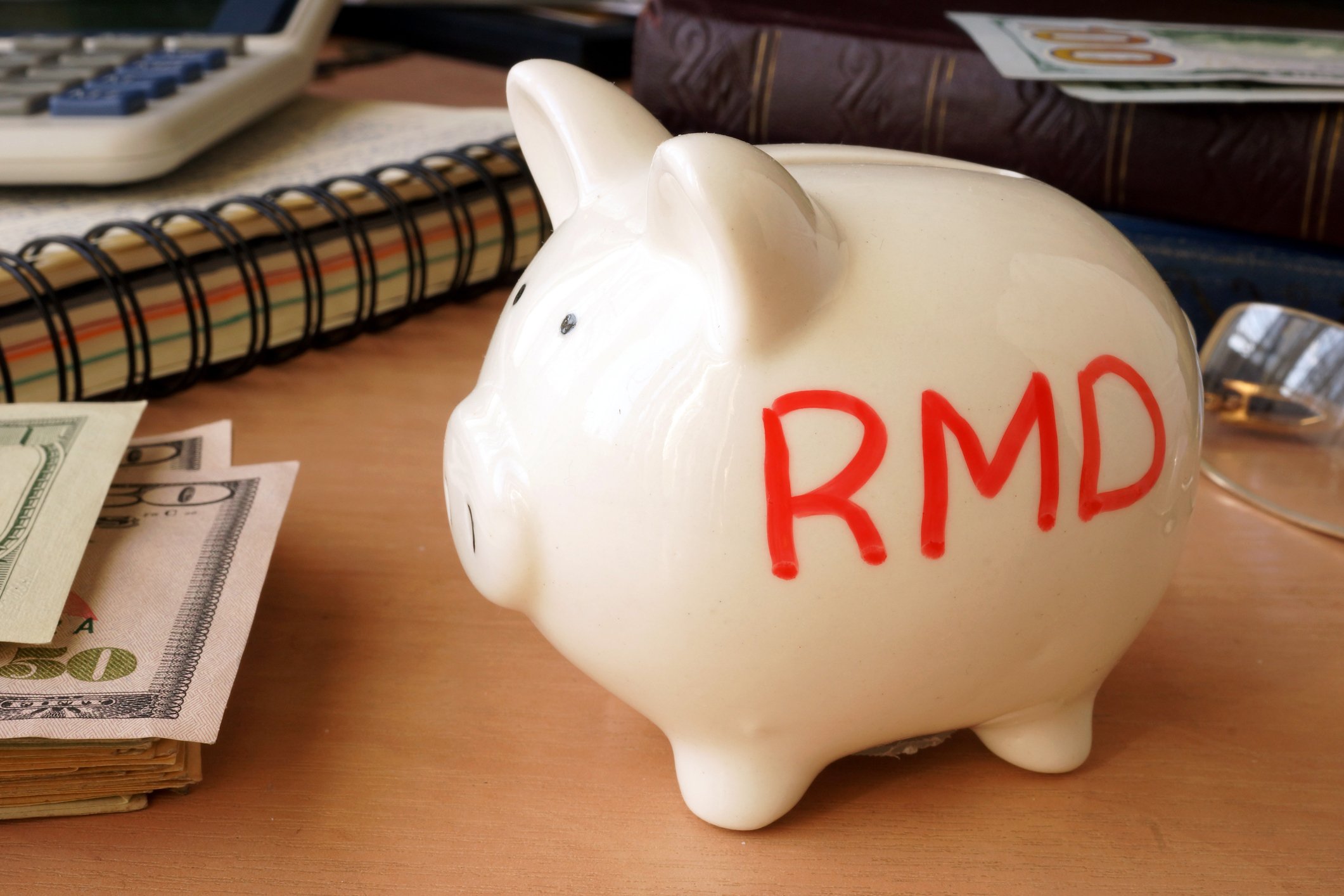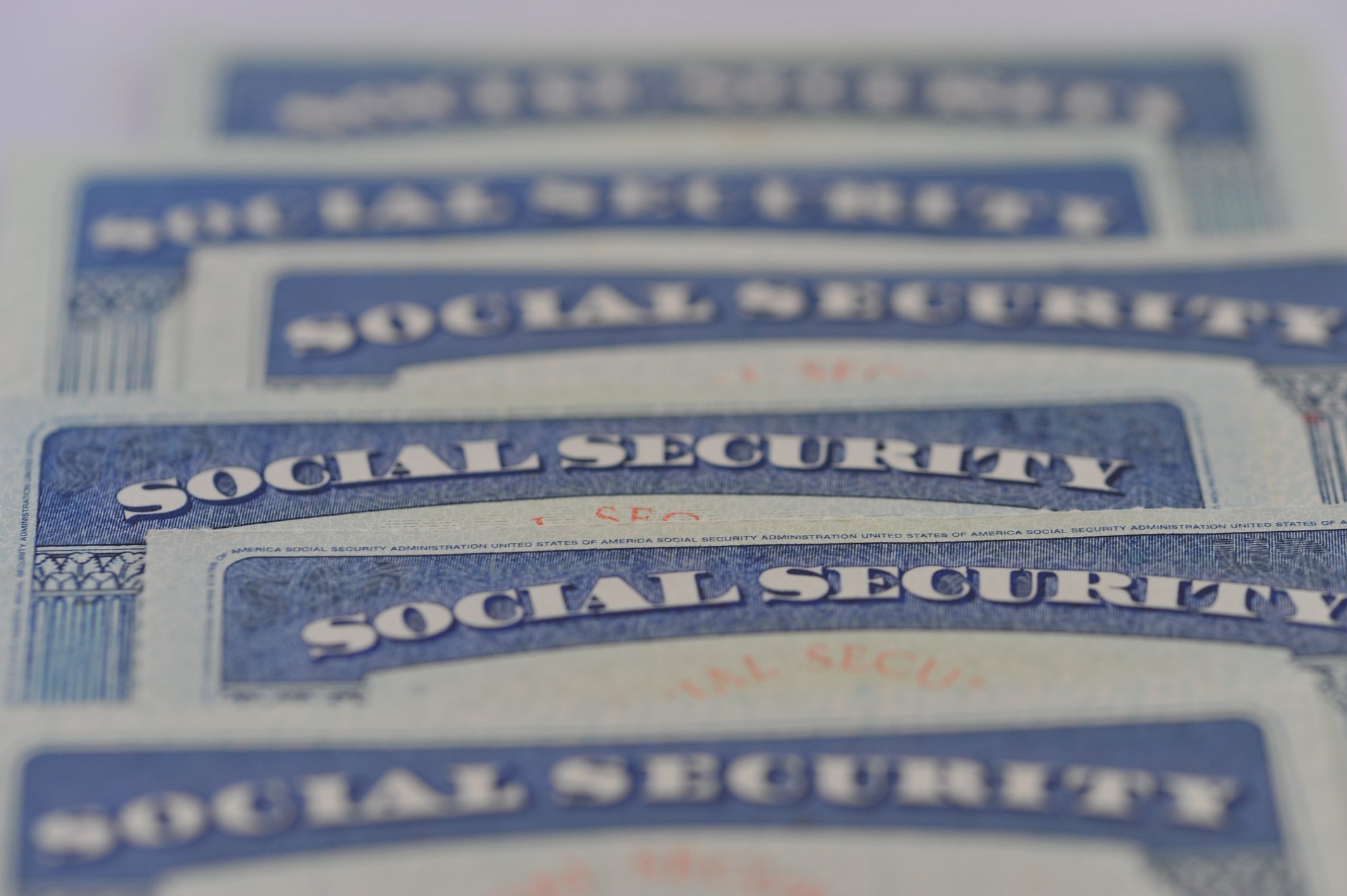Retirement is a major milestone in life, and it's something most people look forward to. You may be dreaming of sleeping in most days, taking a cross-country road trip at the drop of a hat, or learning how to paint or do another hobby you want to try.
For others, though, retirement is a stressful time filled with financial anxieties. Only a quarter of baby boomers think they're saving enough for retirement, according to a report from the Insured Retirement Institute (IRI), and your golden years aren't nearly as enjoyable when you're struggling just to get by every month.

Image source: Getty Images
Running out of money during retirement is the biggest concern workers face, with 48% of Americans saying they're worried about outliving their savings, according to a recent survey from the Transamerica Center for Retirement Studies. (For context, only 32% were worried about cognitive decline as they age, and 34% were concerned about not having access to healthcare.)
Not having enough saved to last through retirement is a legitimate concern, especially as retirement becomes more and more expensive. The average American age 65 and up spends around $46,000 per year, according to the Bureau of Labor Statistics. If you are retired for 20 years, you'd spend roughly $920,000.
Retirement is supposed to be an opportunity to relax and enjoy your hard-earned leisure time -- not worry about whether you'll be able to afford your next mortgage payment. Here's how to ensure your finances are strong enough to last through retirement.
Step 1: Set a retirement goal
Most people are shooting in the dark when it comes to saving for retirement. In fact, only 38% of baby boomers have calculated how much they'll need to retire, according to the IRI. And if you don't have a goal to aim for, it's tough to know whether or not you're saving enough until it's too late.
The easiest way to get a very rough estimate of how much you'll need is to use the rule of 25. First, figure out approximately how much you'll need each year in retirement. It will probably be close to what you're spending now, but it could increase or decrease depending on what you expect your retirement lifestyle to look like. Then, multiply that number by 25 to get a ballpark idea of how much you'll need to save by the time you retire.
The rule of 25 is based on the 4% rule -- or the idea that you can safely withdraw 4% of your total savings to spend during the first year of retirement, then adjust that number each following year to account for inflation. So the rule of 25 is essentially a way to work backwards from that.
You can also use a retirement calculator to get a more accurate estimate (although keep in mind that it's still an estimate, and no calculator will be 100% accurate). Some calculators will even factor in Social Security benefits, giving you a better idea of how much you need to save on your own.
Next, find out how much you can expect to receive in Social Security benefits, based on how much you've already paid into the federal program, by making a my Social Security account.
Step 2: Figure out how much you need to save to reach that goal
Retirement goals can be intimidating, especially if you're behind on your savings. But if you break your goal down into more manageable steps, it's not quite so overwhelming.
To figure out how much you should be saving every month, play around with a compound interest calculator. There, you can plug in factors like how much you already have saved, how many years until you retire, and the rate of return you're earning on your investments.
You can also test out different numbers to see how they impact your total savings. For example, maybe saving an extra $50 per month can increase your total savings by $50,000. Or by waiting five years to retire, you could boost your savings by $200,000. Or perhaps by earning a slightly higher rate of return, you could potentially double your investments.
While you can't predict the exact return on your savings, you can opt for higher-reward investments such as index funds and mutual funds (which typically offer returns of around 6% to 8% over time) rather than lower-reward options like CDs and money market funds (with average returns of just 2% to 3%). Although they inherently carry more risk, historically they see positive returns over time, and your money can grow exponentially with a higher rate of return.
By testing a few numbers, you can get a better idea of how much you should be saving each month if you want to reach your retirement goal on time. The next step, then, is to figure out how you're going to find that money.
Step 3: Create a budget and start cutting costs
Once you know how much you should be putting aside each month, depending on how much it is, you may still be feeling overwhelmed. That's normal. But breaking it down into manageable bites makes it less intimidating.
The best way to do that is to create a budget to see where you can cut back. It sounds simple, yet less than one third of households actually keep track of their income and expenses, according to a poll from Gallup. And when you don't have a clear idea of where all your money is going, you may be overspending in some areas without even realizing it -- making it feel like you have no money to spare when you in reality there are places you could cut back.
Once you've trimmed any unnecessary costs, and you put those savings toward retirement, the next step is to find ways to be creative with your other expenses. You don't necessarily have to make drastic cuts in any one category -- sometimes several small changes are just as effective, and it's more likely you'll stick to your budget when you don't feel deprived of the things you love.
But now the big question: What if you do all that and it still isn't enough? What if you've found that you need to save, say, $1,000 per month to reach your retirement goal, and that simply isn't feasible? Or what if you truly are living paycheck to paycheck and can't afford to save more than a few dollars each month?
If that's the case, you have a few options. No matter what, continue saving as much as you can. If you're serious about preparing for retirement, you may choose to take drastic measures to save more -- like downsizing to a smaller home to save money on your mortgage payment. But if that's still not cutting it, your best bets are to continue working a few more years past your ideal retirement age, or adjust your retirement expectations.
If your retirement savings aren't where you'd like them to be, the last thing you want to do is give up and assume you won't be able to save anything substantial. Even if you're struggling, staying positive is key. You may not be able to travel the world in retirement, but you can spend more time at home relaxing, catching up on your reading, or spending time with the grandkids -- which isn't a bad way to spend retirement at all.





